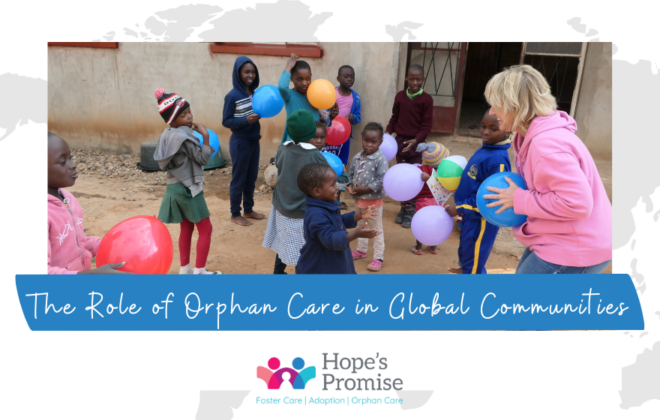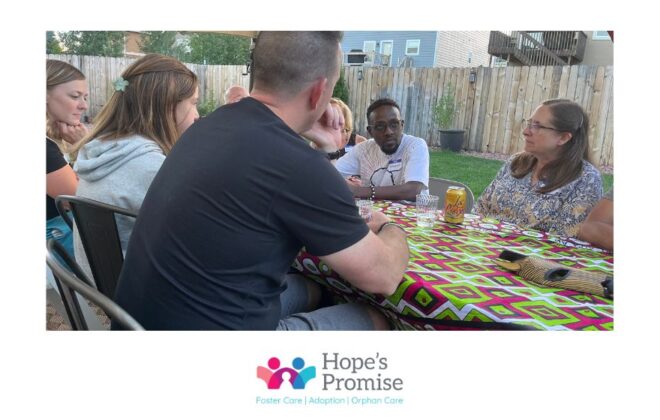Vietnam: So Much More Than A War
By Colleen Briggs
The tank squats low and heavy in the middle of the city at the center of a roundabout, a giant hunk of refuse. Dark, cold metal, it absorbs the tropical light like a black hole. Afforded monument status, it reveals a past seemingly out of congruence with the idyllic mountain town facade, an ugly scar amidst people and motorbikes scurrying every which way.
For many Americans, the tank epitomizes our perceptions of Vietnam—the country where our troops waged and lost a costly, controversial war between 1954-1975. We call it the “Vietnam War.” For the Vietnamese, though, it was only one relatively short episode in the context of centuries of international conflict.
We arrive at our hotel and step into the lobby, traipsing passed a religious altar watched over by the owner’s friendly family dog. In a meeting room adjoining the front desk, glass jars line a wall, containing unidentifiable plant parts fermenting in vinegar.
After check-in, we deposit our bags in a high-ceiling-ed room adorned with an intricate medallion texture and awash with white linens. I slide open a three-pane bank of frosted glass windows to view the bustling street below.
Eager to explore, we head back downstairs. The clamor of the city assaults our ears, even as movement and colors explode. We hesitate on the street corner. Guidebooks advise simply stepping out into traffic, maintaining a steady even pace. They promise motorbike drivers plan accordingly for pedestrian passage. Somehow, we arrive on the opposite curb alive, although I’m certain we’ve raised the heart rate of at least a few drivers in addition to our own.
We meander along, skirting low-slung sidewalk tables where people tuck in to drink afternoon tea. Although we walk on the shaded side of the street, sweat seeps out of every pore in my body and trickles down my back.
Urban energy swirls around us. So strange to think of it suddenly stilled in heavy dread when tanks first rolled into town before the battle for Buon ma Thuot unleashed in 1975. Many soldiers and ordinary civilians of South Vietnam paid the ultimate price during defeat and a disastrous evacuation.
The next morning at breakfast, a young man hovers at a street side cook top, frying eggs in the open air. He and an American friend I’m traveling with seem about the same age. As my friend steps into the restaurant and greets the cook, I try to imagine them side-by-side, dressed in fatigues—as co-warriors for South Vietnam or stalking one another. On this ordinary, peaceful morning, imagination fails—any remnant of the conflict swept away by lush green, birds singing, traffic clattering, people moving about in the business of living.
So, I focus on my noodles, twining tiny squid strings onto my chopsticks, laughing with my friends at this ingredient so unfamiliar to Colorado residents. Our Vietnamese friends laugh with (or probably at) us. I smile at another patron, a man enjoying his morning baguette.
Later that afternoon, we drive through rolling hills draped in rain and pull aside into a rutted yard running with rivulets of water. Down a muddy path lined with verdant green trees, we follow our Vietnamese friends until we reach a wood house hoisted on stilts. Crowned with corrugated metal, wood planks line the structure supported by thick tree trunk pillars.
After removing our shoes, we file up the roughly hewn ladder into a dim but spacious interior. A multi-generational family welcomes us, inviting us to settle in a circle on brightly colored woven floor mats, distributing cups of steaming tea. Above us, the peak of the roof provides storage space for a mattress, potted plants, bird cage, and clothing. Ornately carved wood furniture lines the walls. A woman balances on a hammock beside me. People of all ages crowd behind a very old woman, bent, barefoot, and smiling.
The boy, the subject of our visit, observes from a bed beneath a tucked-up mosquito net.
The formalities commence, greetings and expressions of gratitude. From us for allowing our group to visit, from them for helping to support the child the family could not keep after the death of his parents. Now, the boy thrives in the care of a Vietnamese pastor and his wife.
His grandmother explains the tragedy of the boy’s mother’s death, the family’s sadness over being unable to care for him. For much of the year, when the rain stops, they lack access to the basic resource of drinking water.
Warmth seeps out from the people surrounding us, communicating across the language barrier—a tangible sense of goodness, shared humanity and mission, being in this together for the sake of the child sitting on the bed. Despite the differences in our lifestyles and culture, we share a common passion for Jesus and His purposes in the world. In the void of physical wealth, spiritual richness rushes into the vacuum.
Our Vietnamese friend explains that the boy’s grandmother will present gifts to us. One by one, she gives to each of us a beautiful, intricately hand-made bag.
We learn later she spent six months creating them for us.
It is true that during a terrible and brief chasm of history, Vietnamese and Americans swarmed these mountains, killing and destroying one another. But now, as throughout centuries before, despite its people’s suffering during conflict after conflict, all over Vietnam, beauty swells… roiling oceans and sun swept beaches, lush jungles and proud mountains, bustling urban centers and flooded rice fields.
And people just like me, living and loving, doing the best they can for those they love most.
Vietnam – so much more than a war.
Colleen graduated from the University of Denver with a degree in Fine Arts in 1993, but her wild journey of following Jesus around the world since then motivates her attempts to capture in words and images His passionate pursuit of each of us. Colleen witnessed first-hand His light shining brightest in the darkest corners of the world, in places such as Mathare Valley slum of Nairobi Kenya and poverty-stricken mountain regions of Vietnam.
Colleen is married and has four children, two adopted from a Kenyan orphanage. Haunted by the children left behind they helped to pioneer two Hope’s Promise children’s homes in Kenya, now home to 24 former orphans. Colleen pursue’s Jesus full-time art, photography, and writing and being home with her children. In images and words, she searches for “fragments of light” – evidence of God’s relentless presence with each one of us, of His ability to redeem suffering, and of His intent to give each one of us a hope and a future.



